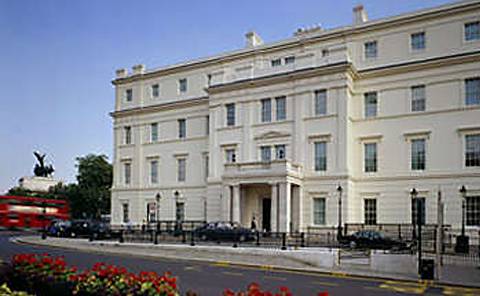In a podcast recorded at the Knowledge@Wharton Real Estate Forum on Emerging Markets on December 2, Donald Trump, Jr., executive vice president of development and acquisitions at the Trump Organization, discusses the world financial crisis, the impact on the real estate market, the New York market, where it will be in 2009, what are the most attractive deals to be found in emerging markets, and more. He also discusses how he views his unique contribution to expanding the Trump brand overseas, building on the foundation laid by his famous father. He acknowledges that since New York is his father’s market, he realized that the best place he could make an impact is outside of it (he spends almost three quarters of his time traveling). A portion of the edited transcript follows:
Trump: “In [looking at] those markets, I think there are many opportunities. There are a lot of things that are being underserved. For us, we’re primarily a high end company. We deal only in the five star type product, whether that’s resorts, hotels, condominium residences. So that’s going to change, perhaps, our timeframe a little bit. But certainly the emerging world continues to be incredibly underserved in the high end. I will use Dubai as an example, because I said, “This is how we’re going to do well when we eventually get to build over there.” You go there, you see the highest end of the product, you say, “This is class C New York rental, if that.” And it’s the best of the best in that given market. So as people’s tastes start to mature, as that wealth starts coming back into those markets, those people truly appreciate the difference between sub-par real estate and prime real estate. They are starting to recognize those things.”
Knowledge @Wharton: Help me understand how you evaluate market opportunities. So you go into these 18 markets. How do you go about deciding which opportunities are worthwhile and which ones are not?
Trump: What we do perhaps differently, and certainly what I do and have learned from my father that’s different than most of the real estate companies, is I’m actually looking at the real estate and what I can envision there to be the real estate. I think one of the big problems that we’ve seen in the real estate bubble over the past few years is that people have purely been looking at a matrix on a spreadsheet and saying, “Okay, well, this looks great,” without taking into account the demographics, which side of the street you’re on, which zip code you’re in. And people say, “Well, what do you think of the New York market?” And I say, “New York? What do you mean New York market?” I break it down by zip code, and then in that zip code, I’ll break it down into cross streets. If you go down Fifth Avenue, if you look on the east side of the street versus the west side of the street, there’s a substantial difference in retail rent. Is that because of the sun lines? Is that because the retail things are broken up because there are more commercial spaces that don’t have retail? For whatever reasons, you can’t just say, “Fifth Avenue.” I mean east or west? A 75% difference in rent can mean a lot to a tenant, but it could also mean a lot to the traffic flowing. So you have to look into the variables in much more detail. I don’t know that I have a fixed formula when I go into these markets to look at a piece of real estate. I go in, I look at the real estate. Sometimes it screams out, “This is so obvious, it’s so underserved, it’s such a great location.” And sometimes it takes an outsider’s perspective to realize that. Because if you live in a market, you pass it 30 times, you say, “Oh, it’s always been bad.” Well, because it’s always been bad doesn’t mean it can’t be the next great.””
Go to Knowledge @ Wharton to read the rest, or download/play audio





















